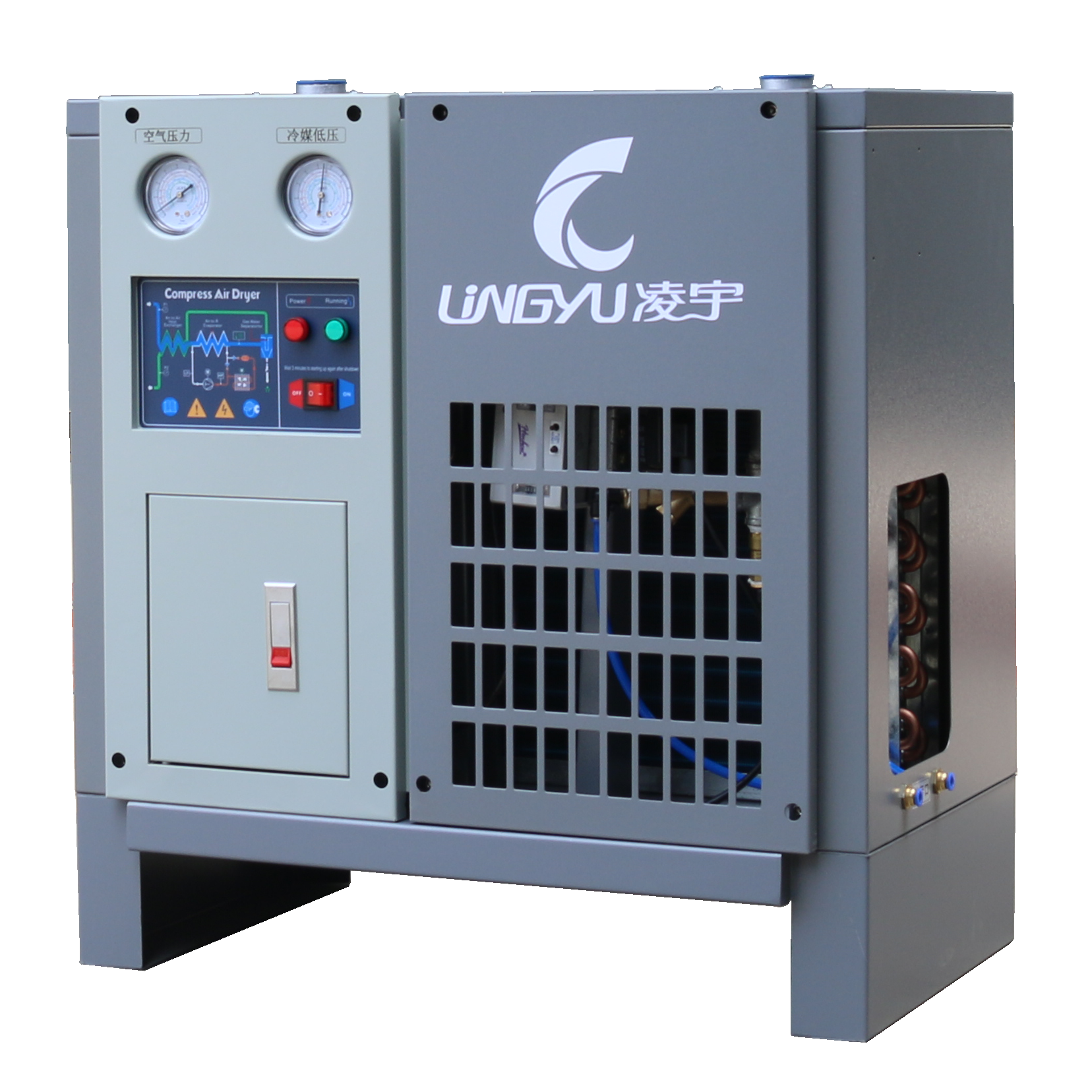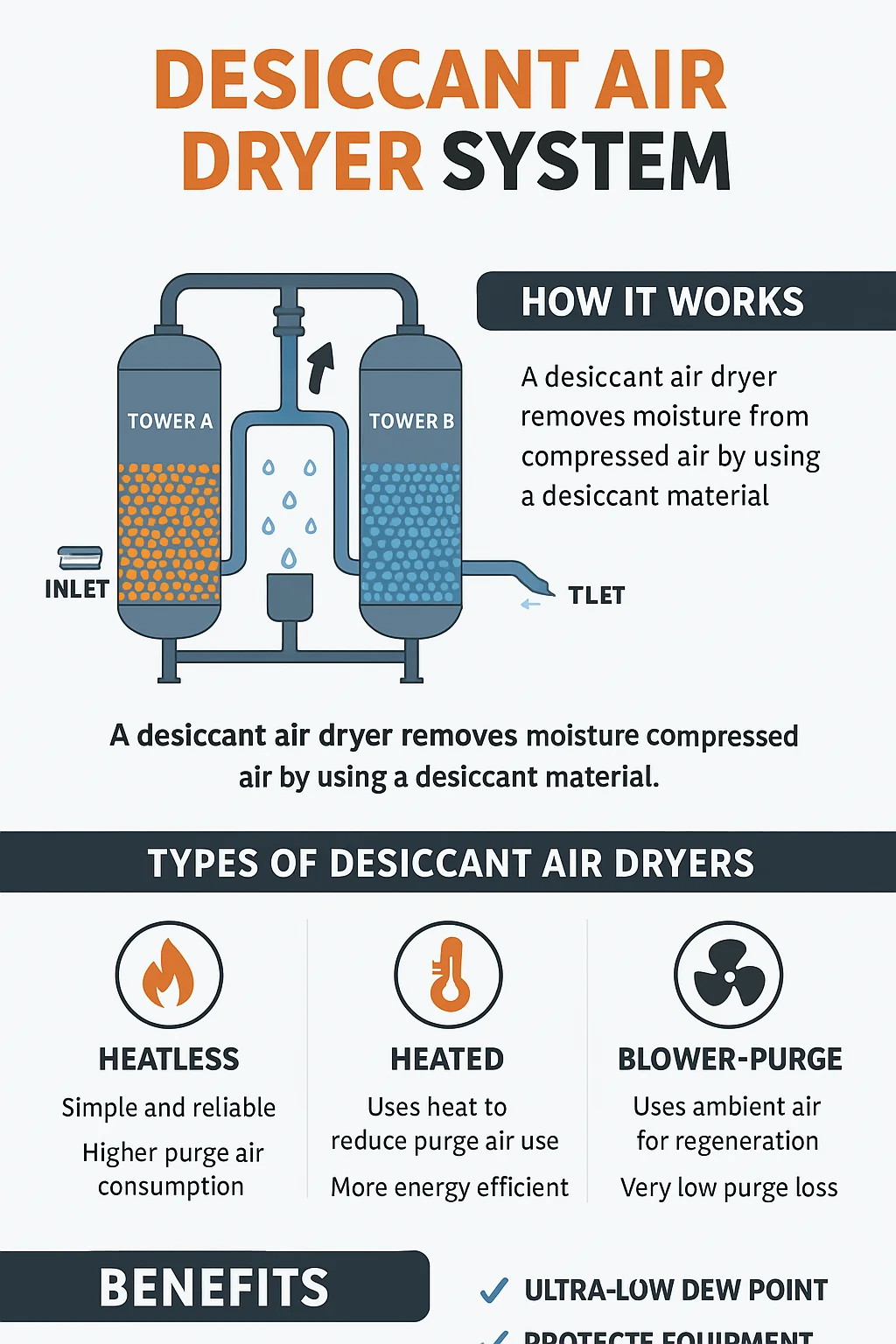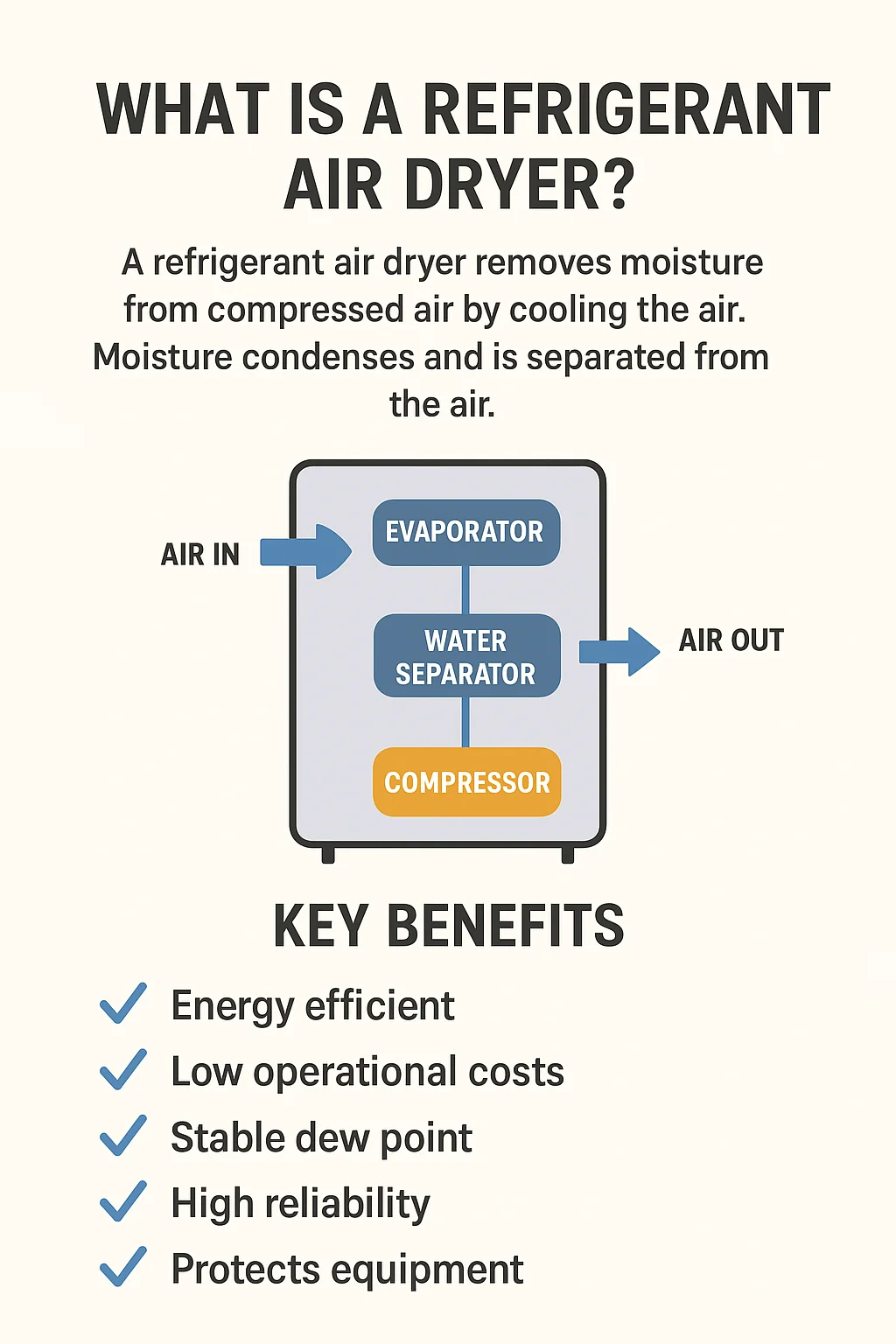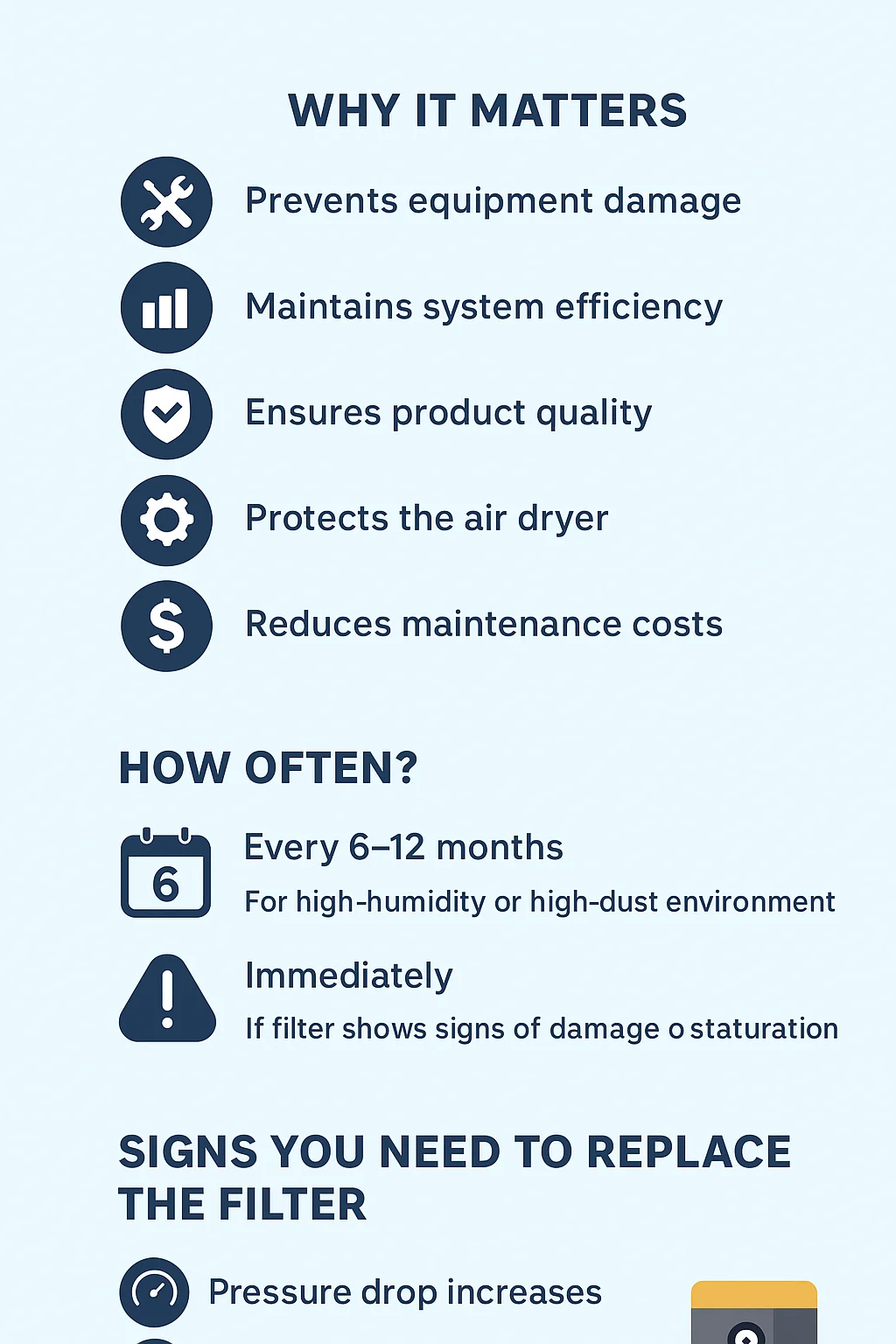For DIY enthusiasts and small workshop owners, controlling moisture in compressed air is a common challenge. Moisture can cause rust, equipment damage, and contamination, affecting the performance of air tools and machinery. While professional refrigerated air dryers provide consistent performance, a homemade refrigerated air dryer offers an exciting hands-on project to learn about refrigeration, save costs, and experiment with small-scale compressed air drying.
In this guide, we’ll explore how a homemade refrigerated air dryer works, design ideas, advantages, limitations, and safety considerations — helping hobbyists make informed decisions.
What is a Homemade Refrigerated Air Dryer?
A homemade refrigerated air dryer is a DIY system designed to cool compressed air below its dew point, condensing moisture into liquid water which can then be separated and drained. Unlike commercial units, DIY models are usually built using salvaged components such as old refrigerators, air conditioners, or water chillers.
By reducing moisture, these dryers help maintain air tool performance and protect small-scale workshop equipment from rust and contamination.
How a Homemade Refrigerated Air Dryer Works
The principle is similar to commercial refrigerated dryers but simplified for DIY purposes:
Air Cooling – Compressed air passes through a cooling coil (repurposed from a refrigerator or AC).
Condensation – Cooling causes water vapor to condense into liquid.
Moisture Separation – Water is trapped and removed using a simple separator or water trap.
Dry Air Outlet – Compressed air exits drier and safer for workshop use.
This DIY setup typically achieves a dew point of 35–50°F (2–10°C), suitable for hobbyist and small-scale applications.
Why Build a Homemade Refrigerated Air Dryer?
Cost Savings – Avoid purchasing expensive commercial units.
Hands-On Learning – Understand refrigeration cycles, thermodynamics, and moisture control.
Customization – Tailor the system for small air compressors or specific workshop needs.
Educational Value – Ideal for students and hobbyists experimenting with compressed air technology.
Challenges and Safety Considerations
While building a DIY air dryer is rewarding, it comes with risks:
Performance – Dew point and moisture removal may be inconsistent.
Energy Efficiency – Homemade systems often consume more power than optimized commercial units.
Maintenance – Manual drainage and frequent monitoring are required.
Safety Hazards – Refrigerants, high-pressure air, and electrical components can be dangerous.
Compliance – Homemade dryers do not meet industrial safety standards.
⚠️ Disclaimer: Homemade refrigerated air dryers are for personal, hobbyist, or educational use only. Do not use for industrial applications.
Basic Steps to Build a Homemade Refrigerated Air Dryer (Conceptual Guide)
Gather Components – Salvaged refrigerator compressor, evaporator and condenser coils, refrigerant lines, and a fan.
Construct Cooling Chamber – Pass compressed air through copper tubing around or inside the evaporator coil.
Install Moisture Separator – Add a simple water trap or separator.
Set Up Drain System – Allow automatic or manual removal of condensed water.
Test & Adjust – Ensure air exits at a lower dew point and check for leaks.
Efficiency and performance will vary depending on components and DIY skills.
Homemade vs. Commercial Refrigerated Air Dryers
| Feature | Homemade Air Dryer | Commercial Air Dryer |
|---|---|---|
| Cost | Low (repurposed parts) | Medium to High |
| Reliability | Inconsistent | High, consistent performance |
| Energy Efficiency | Moderate to poor | Optimized for low power use |
| Maintenance | Frequent manual checks | Minimal, automated |
| Safety | Risky (refrigerants, leaks, electricity) | Certified, safe for industrial use |
Applications of a Homemade Refrigerated Air Dryer
Small workshops running basic air tools.
DIY painting, inflating, or hobby projects.
Educational experiments on refrigeration and moisture control.
Low-budget setups prioritizing cost over efficiency.
FAQ – Homemade Refrigerated Air Dryer
Can I use it for industrial applications?
No. It’s suitable for small-scale or hobbyist use only.
What dew point can be achieved?
Typically 35–50°F (2–10°C), depending on setup.
Is it safe to handle refrigerants at home?
Only with proper training and precautions. Mishandling can cause frostbite, leaks, or environmental harm.
Can Peltier modules replace refrigerants?
Yes, but cooling efficiency is limited compared to compressor-based systems.
Why choose commercial dryers for serious use?
They guarantee performance, safety, and regulatory compliance.
Conclusion: DIY vs. Professional Air Dryers
A homemade refrigerated air dryer is a fun, educational, and cost-saving project for DIY enthusiasts. It provides hands-on experience with compressed air and refrigeration, and can be effective for small workshops or hobby projects.
However, for industrial or professional applications, a certified commercial refrigerated air dryer is always recommended to ensure reliability, efficiency, and safety.
Tip: Use DIY units for learning and experimentation, and invest in professional dryers when consistent performance matters.
Related products:
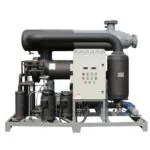
The 3885 CFM refrigerated air dryer (water cooled) is a high-capacity industrial solution designed for removing moisture from large-scale compressed air systems. Built for continuous and demanding operation, this water-cooled unit ensures a steady dew point and maximum system protection. Whether you're operating in petrochemical, steel, manufacturing, or pharmaceutical industries, the 3885 CFM refrigerated air dryer delivers superior drying performance and energy efficiency.
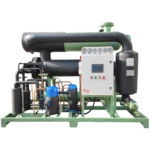
The 4238 CFM refrigerated air dryer (water cooled) is a high-capacity, industrial-grade dryer designed to eliminate moisture from large compressed air systems. Built with a powerful water-cooled refrigeration circuit, this dryer ensures reliable and continuous moisture removal with a stable pressure dew point. For industries that demand high airflow rates and dependable air quality, the 4238 CFM refrigerated air dryer (water cooled) is the ideal solution.
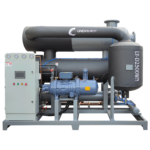
The 8830 CFM refrigerated air dryer (water cooled) is a top-tier industrial solution engineered to remove moisture from large-scale compressed air systems. Built for ultra-high capacity applications, this dryer ensures consistently dry air with a stable dew point and superior thermal control using an advanced water-cooled condenser system.

